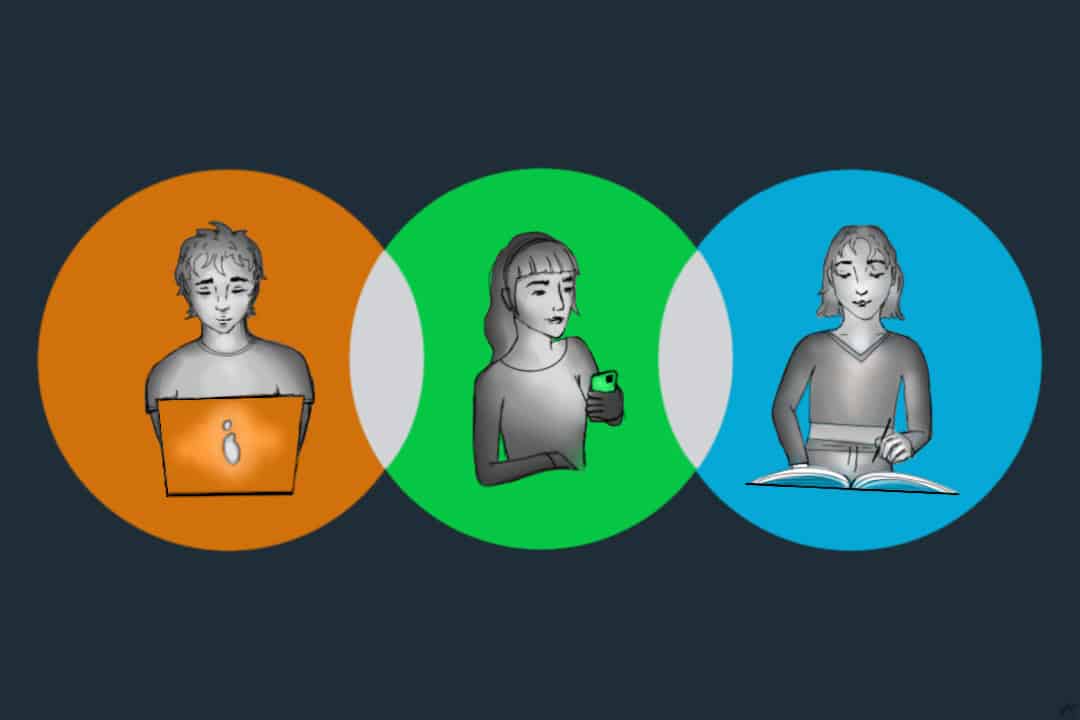Recently, I caught myself doing something interesting when I went to the cinema. As soon as the credits rolled, without even leaving my seat, I instinctively reached for my phone and opened Letterboxd to log the film I just watched. I wanted to make sure I’ve documented the experience, checked the box, and moved one step closer to ‘beating’ the number of movies I watched last year.
Not too long ago, it would’ve probably been unthinkable to review every film we saw or know exactly how many films we watched each year. Today, Letterboxd has fundamentally changed the way we engage with movies, transforming the formerly private experience of movie-watching into a collective, social activity.
Letterboxd isn’t just a platform for film logging — it gamifies the entire movie-watching experience. You write reviews and people can like or reply to them. You make a watchlist and people follow it. It’s non-stop dopamine for film lovers.
It’s a community, a game, and in some ways, an integral part of how we consume and critique films today.
Rise of the Letterboxd
Developed by Matt Buchanan and Karl von Randow in 2011, Letterboxd aimed to create a fun and engaging tool for film lovers. IMDb is a longstanding comprehensive database for film information while Rotten Tomatoes aggregates critics’ and audience ratings. Letterboxd, however, focuses on social interactive experiences where users can write reviews, follow each other, and engage in film discussion: much more like social media. Anyone can make an account and start reviewing films on Letterboxd.
In 2024, Letterboxd had over 14 million users, which skyrocketed from 1.8 million in 2020. Even as its user base expands, Letterboxd’s age demographics have stayed relatively concentrated around young people. According to software analyst platform YouScan’s audience insights, around half of all active users are under 35, with the majority being between 16 and 24 years old.
Social intelligence researcher Ben Ellis argues that the platform’s effective use of other social media helped fuel its popularity. Letterboxd produces YouTube content, such as filmography breakdowns with actors, while posting short videos from film festivals on Instagram and TikTok. Red carpet interviews about celebrities’ top four Letterboxd movie picks have also trended online.
Gamification of movie-watching
Many apps today like Duolingo and dating platforms utilize gamification to boost user engagement, adding features such as challenges and rewards to keep users on the platform. While I believe this adds a fun, competitive element to the movie-watching experience, I can also see its negative aspects.
Users may feel pressured to watch or finish movies they don’t enjoy just so they can log them. Letterboxd turns the movie experience into a competition, compelling users to watch more films and write exaggerated reviews to stand out and gain likes: diluting the fun of genuine film appreciation.
I think the app can also force people to manufacture a false sense of identity. For example, some of my friends worry that others will criticize their favourite movies. Some people may also not log their guilty pleasure movies because it does not fit their ‘Letterboxd identity.’
In spite of all this, Letterboxd reignited my desire for cinema. Everyday, I log in to see what my friends recently watched, add their recommendations to my impossibly long watch-list, and get the intense desire to watch the most average film that they wrote “WAS THE BEST PIECE OF ART I HAVE EVER WITNESSED IN MY ENTIRE LIFE.”
Changing the way we watch movies
Letterboxd has built a community of film enthusiasts, making it easier for viewers to access film recommendations and curated lists. I think this helps increase young peoples’ interest in classic films, as less than 24 per cent of the films logged on Letterboxd between January 2023 and April 2024 were current-year releases.
In my experience, I’ve noticed a similar rising interest in classic films among the younger generation. When I attend screenings of classic films at Toronto International Film Festival Cinematheque, a year-round program featuring a curation of classic films, I’ve noticed that the audience is predominantly made up of young people. However, this increased interest in movies is not limited to the classics.
A study conducted by international market research company Kantar examined the movie-going habits of 15–30 year olds in France and found that this age group particularly values the experience of watching films on the big screen as well as using the cinema to socialize with friends. I see a strong correlation here: as the younger generations’ interest in cinema increases, Letterboxd provides them the tool to share their experiences. This way, film lovers can socialize at theaters but also continue their love for cinema online.
Letterboxd critics
You could argue that Letterboxd is undermining traditional film criticism by allowing everyone to review films — but I disagree.
While I enjoy reading Letterboxd reviews for fresh perspectives on films, I still turn to professional critics for deeper analysis. It’s my belief that rather than harming the film criticism industry, Letterboxd is carving out its own niche of light-hearted and humourous film reviews. The most creative and succinct review I’ve read recently was from a friend on Letterboxd, seemingly addressing the director of a film: “Don’t shoot a movie again.”
Letterboxd has quickly become one of my favourite apps. As a film lover, it fills a void the younger generation has long needed: a place to not only log what we watch, but to have conversations, discover new films, and connect with others who share the same passion.
Honestly, I can’t wait to finish writing this article so I can get back to watching a movie and logging it right away.
Atinc Goc is a fourth-year student at UTSC studying psychology and sociology.



No comments to display.